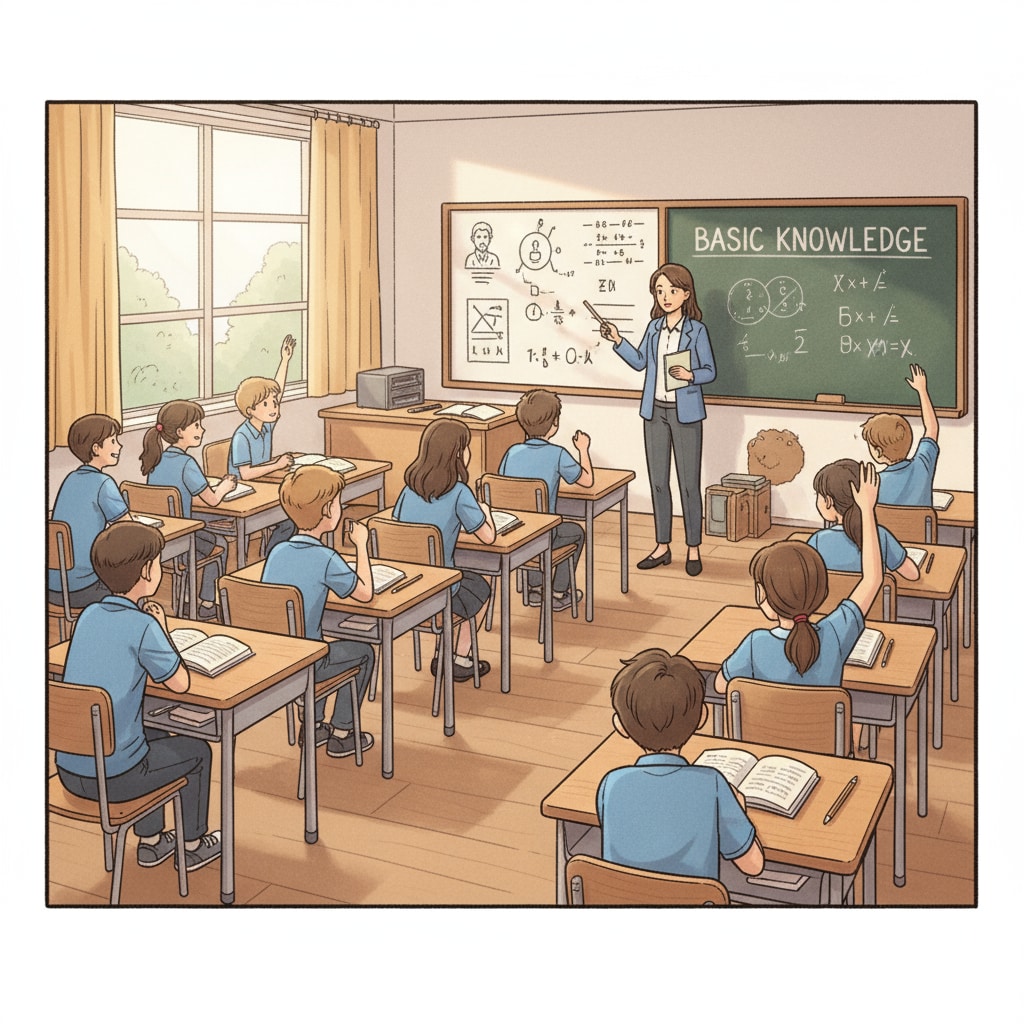Teaching methods for teenager education and helping them with basic learning are crucial tasks. When it comes to 13 – 14-year-old adolescents who lack fundamental knowledge, educators and parents face a unique challenge. However, with the right approaches, these teenagers can build a strong foundation.

Systematic Teaching Strategies
Systematic teaching is essential in this process. First, educators need to assess the current knowledge level of these teenagers. This assessment serves as a roadmap, guiding teachers to identify areas that require more attention. For example, if a student shows a lack of understanding in basic arithmetic, this becomes a priority area for instruction. By organizing the curriculum in a logical sequence, starting from the simplest concepts and gradually progressing to more complex ones, students can better grasp the knowledge. According to Britannica on Education, a well-structured curriculum is the cornerstone of effective learning.

Multi-Sensory Learning Approaches
Another effective approach is multi-sensory learning. Teenagers at this age often learn better when multiple senses are engaged. For instance, in language learning, reading aloud (using the auditory sense) while writing down new words (using the kinesthetic sense) can enhance memory. Visual aids such as diagrams, charts, and videos can also significantly boost understanding. Incorporating hands-on activities in subjects like science, as recommended by Wikipedia on Education, helps students better understand abstract concepts. This multi-sensory approach makes the learning process more engaging and effective.
Finally, an advanced assessment system is necessary. Regular and formative assessments can help educators monitor students’ progress. These assessments should not be just about grades but also about identifying areas where students are struggling. By providing timely feedback, teenagers can adjust their learning strategies. In conclusion, with systematic teaching strategies, multi-sensory learning methods, and an advanced assessment system, we can effectively guide 13 – 14-year-old teenagers in building a solid foundation in basic knowledge. Readability guidance: The paragraphs are kept short to enhance readability. Key points are presented clearly, and external references are provided to support the ideas. Transition words are used to ensure a smooth flow of the article.


